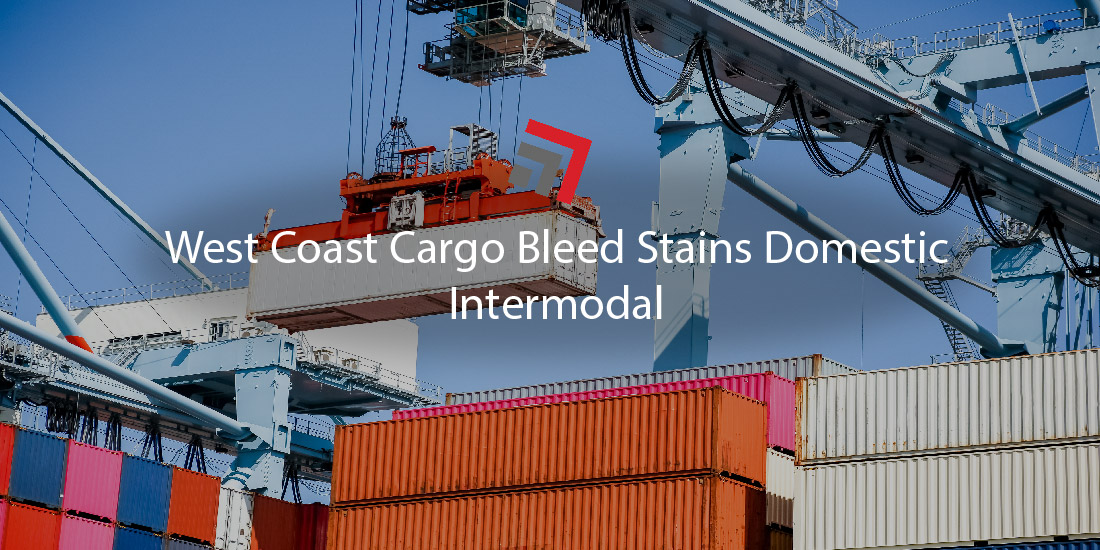Intermodal providers are reporting lower freight volumes in their corner of the industry as the country’s import lull through the West Coast continues.
The Southern Californian ports of Los Angeles and Long Beach have been at the forefront of this trend. In the first quarter of this year, America’s busiest gateways saw only two thirds of last year’s volumes when compared to Q1 2022.
In other words, this represents more than a 30 percent year-over-year nosedive for the So Cal sisters.
Import lull bleeds into domestic intermodal
It’s clear that low import volumes would impact international intermodal. But, what about domestic intermodal?
Top intermodal providers stress the welfare of their domestic business also depends on the health of the import market. Like a virus, the declining international freight into the West Coast can spread to inland commerce.
On an earnings call, transcribed by the Journal of Commerce, a domestic intermodal executive reported their company’s transcontinental volume dropped 9 percent year-over-year in the first quarter.
Many imports trickle through coastal ports and feed warehouses. As a result, the need is created for full truckload shipments out of these facilities and domestic transloads (53-foot containers).
“We need imports to improve. We need…customers confidence in the West Coast for imports more than anything we need in the economy,” one exec asserted on the call.
A WC labor contract is necessary
Most folks across transportation would agree a West Coast resurgence of imports is a needed ingredient towards a healthy post-pandemic market.
Most would also agree that the main hurdle in the way of achieving this ideal is the current labor uncertainty on the West Coast.
Last Wednesday, May 10, marked the one-year anniversary of when negotiations for a new West Coast dockworker contract began.
Since then, port employers and employees have been without an agreement. Other than a rare joint statement every few months or so, updates are nonexistent.
The lack of transparency continues to brew up fears of labor-related disruptions and delays at West Coast ports. This triggered a flight response in shippers to reroute their usual WC-bound freight to the East and Gulf coasts.
What followed has been just over a year of shippers diverting discretionary volumes away from the West Coast. In fact, the coast’s share of imports from Asia was 58.4 percent in March, down from 59.9 percent in March 2022.
Though, the good news is that a new contract could be reached soon after a deal was settled over automation, potentially the most controversial agenda item.
Just as the intermodal execs hope, West Coast labor peace will help pacify shipper anxieties and restore discretionary cargo back to the west.
Final Thoughts
But, what about the East Coast? It’s also seeing a slump in inbound volumes. Why are intermodal companies not as concerned about this lane?
Besides outstanding labor talks, the west dominates the east with its slice of the intermodal cake.
It’s more cost-effective for shippers to use rail from West Coast ports since most inland ramps, like Denver or Salt Lake City, are far away from the Pacific coastline.
While poor rail service can prove otherwise, shippers for the most part avert a more expensive trucking transit for rail.
However, on the East Coast, distances between ports and inland hubs are significantly closer. Domestic intermodal is typically not appropriate as trucks can do the whole transit at a competitive rate.
Please contact us if you have any questions regarding this topic or any others in domestic logistics. In addition, stay up to date with weekly headlines from both trucking and rail via our Road Map newsletter.
More blogs similar to this:



Recent Comments